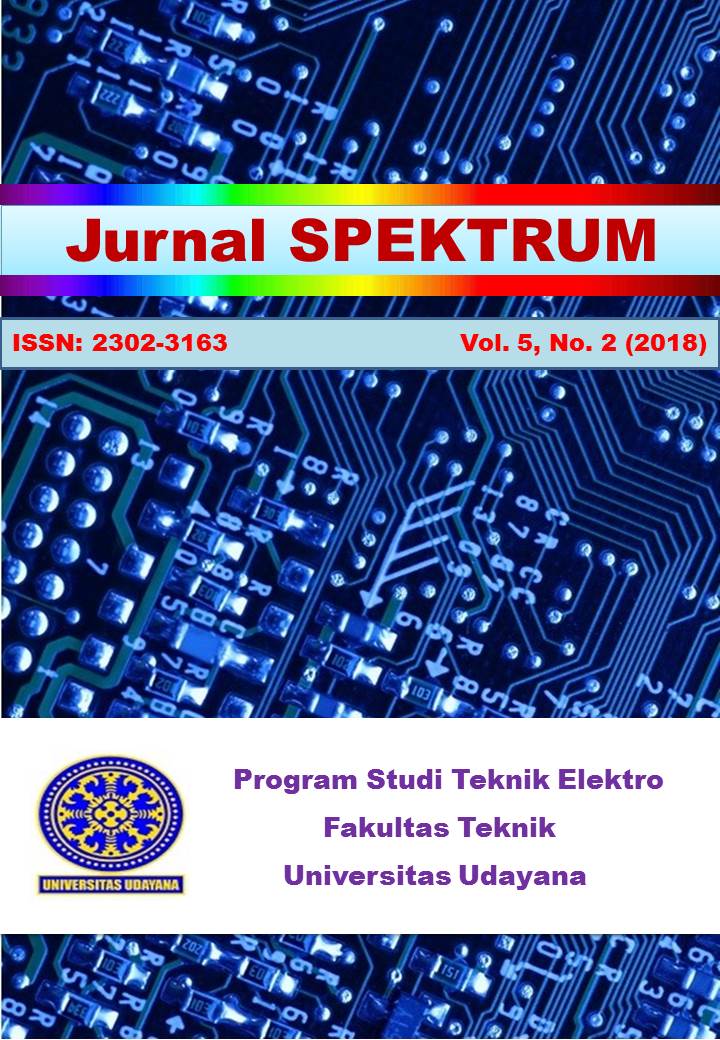ANALISIS KINERJA KOMBINASI SISTEM CODE DIVISION MULTIPLE ACCESS MULTIPLE INPUT MULTIPLE OUTPUT DENGAN KODE PENEBAR WALSH PADA KANAL RAYLEIGH FADING
Abstract
The increasing human population are same to the need for telecommunications. Code Division Multiple Access (CDMA) is one of the most widely used telecommunications technologies. But with the increasing number of users, this technology is no longer able to meet the needs of users. With the required capacity requirements, the CDMA system and Multiple Input Multiple Output (MIMO) technology are merged.
To find out the performance of a combined CDMA MIMO system, the system was tested by increasing the number of users and Signal to Noise Ratio (SNR) where the spreading code used was the Walsh code and the channel used was Rayleigh Fading modeling. The reference value used as material for consideration are the value of Bit Error Rate (BER).
The method used in testing the CDMA MIMO system is the increase number of users, starting with a single user up to 16 users and SNR values from -15 dB to a maximum of 15 dB.Where all users will be combined with the CDMA technique then it will be sent using MIMO technology. The system will be tested using a simulation of the MatLab R2012a software.
The results of the simulation show the performance of the CDMA MIMO system when using SNR that is increasing high, the BER will be lower or better used for communication. Whereas for simulations using a user that increases it results in a BER value that is almost the same because of the nature of the orthogonal Walsh code so that each user does not experience interference with other users.
Downloads

This work is licensed under a Creative Commons Attribution 4.0 International License.



